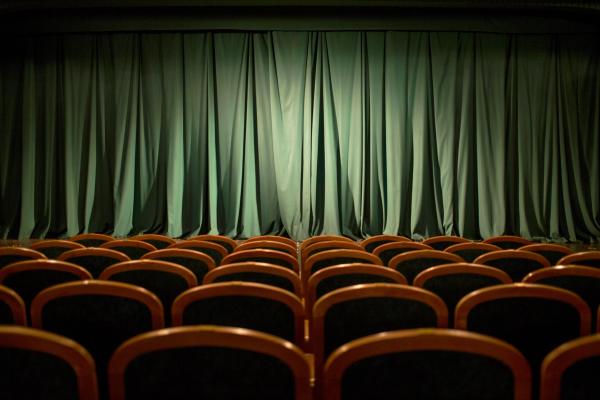MY FRIEND the architect Colin Wishart says that the purpose of his craft is to help people live better. Just imagine if every public building, city park, urban transportation hub, and home were constructed with the flourishing of humanity—in community or solitude—in mind. We might be inspired to create new, hopeful thoughts, friendships with strangers, or projects that bring transformation into the lives of others.
It is easy to spot architecture divorced from its highest purpose. In a building or other space made to function purely within the bounds of current economic mythology—especially those created to house the so-called “making” of money—the color of hope only rarely reveals itself. Instead we are touched by melancholy, weighed down by drudgery, compelled by the urge to get away. But when we see a space whose stewards seem to have known that human kindness, poetry, and breathing are more important than the “free” market, we realize that it is possible to be always, everywhere, coming home. Think of a concert hall designed for the purest acoustics, a playground where the toys blend in with the trees, a train station where the transition from one place and way of being to another has been honored as a spiritual act.
This is true for all art, not just architecture. So when called to speak to the well-worn question of the greatest movies ever made, instead of “greatest,” what about “most humane” or “transformative” or “courageous”? What about “films that made me laugh to the point of tears as I felt more part of the human race” or “films that led to healing social change” or “films that made me want to grow up”?
Some may say that this fails to account for the aesthetics and technical craft of filmmaking. For me, it’s simple: The purpose of cinema—as an art form, and as a communal and individual experience—is to help us live better. The best films help us understand more of who we are and how to transcend our brokenness without excluding our shadows.
The greatest recent films—including Listen to Me Marlon, Mad Max: Fury Road, Shaun the Sheep, Clouds of Sils Maria, Love & Mercy, Leviathan, The Salt of the Earth, Mr. Turner, and Inside Out—are what results when humane wisdom and grace infuse technical and aesthetic craft operating at their highest frequencies. Artists need our support to keep making them.

Got something to say about what you're reading? We value your feedback!

